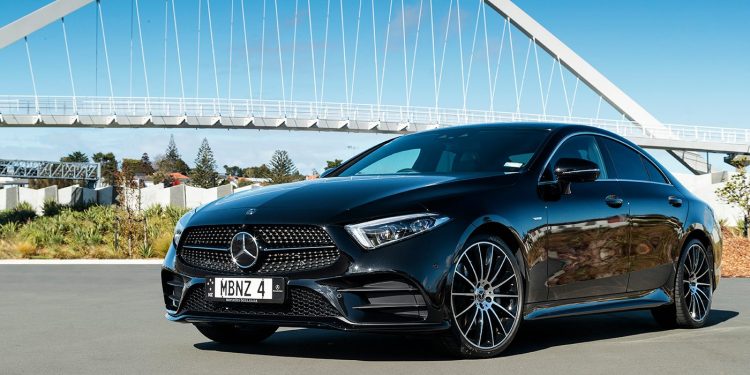2018 Mercedes-Benz CLS 450 review
Words Kyle Cassidy | Photos Tom Gasnier
Mercedes-Benz releases the third coming of its CLS, and it’s a smooth operator, both aesthetically and to drive.
Something weird happens when you hit the starter button on the new Mercedes-Benz CLS 450; its engine doesn’t crank into life but simply switches on. And there’s an unfamiliar noise emanating from the exhaust pipes too. This particular CLS, the third generation of Merc’s four-door coupe, is powered by the company’s new inline six, the first engine it has developed for electrification. For application in the 450 that means the addition of an Integrated Starter Generator thanks to the adoption of a 48-volt electrical system.
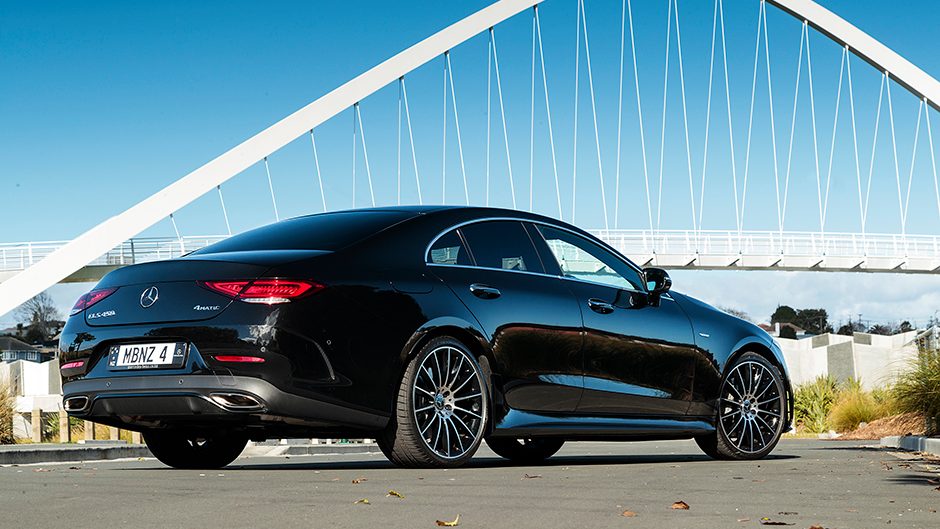
It’s what they call a mild hybrid, the ISG and 48V system delivering fuel savings through extended periods of engine-off operation. The 48V network supplies four times the power of a usual 12V system, unsurprisingly, but at the same current, allowing it to keep things working when the engine is switched off. And so the straight six doesn’t require a drive belt to power the ancillaries like the air con and water pump, helping limit parasitic losses.
The ISG lives between the engine and transmission and, as well as taking care of the starter and alternator functions, provides an additional 16kW and 200Nm to the crank and it recharges the 48V battery on overrun and under braking. Mercedes-Benz is calling it EQ boost, which ties it in with its F1 efforts, and alludes to the coming EQ range of EVs.
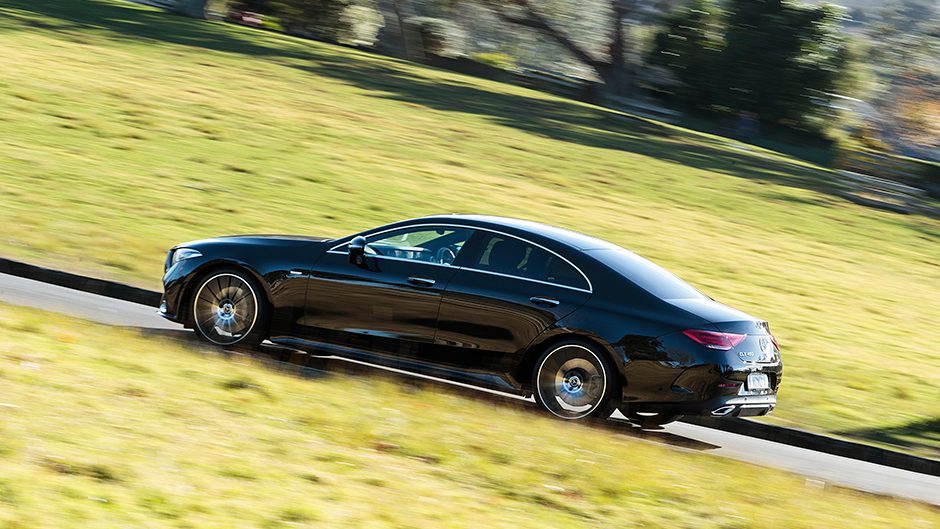
If you’re wondering, the CLS still has a 12V battery in the boot to power the lights and interior functions while the small 48V lithium-ion unit is under the bonnet. Mercedes quotes the system output of the 450 at 270kW with 500Nm and is rated at 7.8L/100km, it being the first Merc to be tested under the new WHLT (worldwide harmonised light vehicle test) consumption standard.
So, how does this engine perform? Along with the quick start process, the ISG delivers a smooth and torquey take off, filling the time it takes for the turbos to come online. This is much like a diesel without the lag and exhaust smut. The six delivers a smooth and abundant supply of low rev torque, and with the nine-speed ‘box slipping its way up the ratios, suitably brisk yet comfortable progress is delivered without having to push the engine much past 2500rpm.
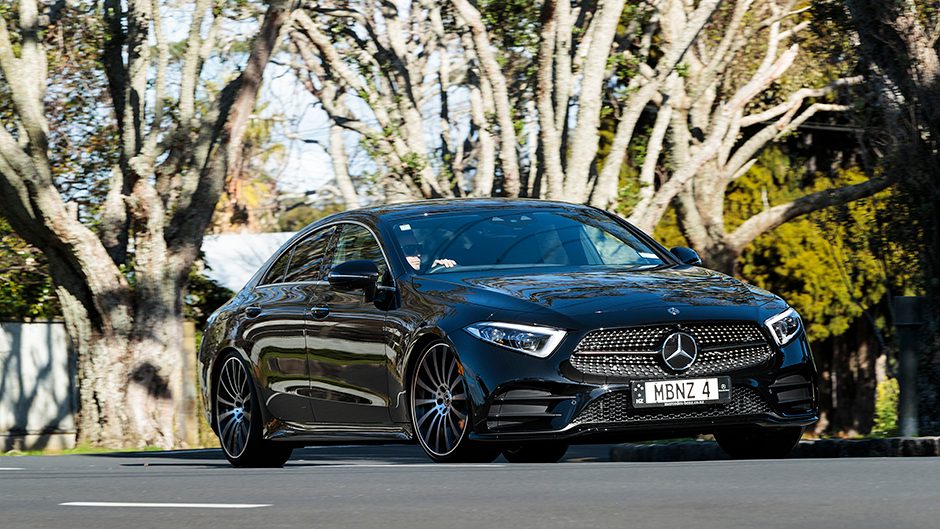
As with any German, the CLS is fitted with a raft of drive modes, Comfort the default. But it’s when you select Eco that the CLS will start Gliding. That’s what they call the ‘extended engine off operation’ where, upon releasing the throttle pedal, the engine will shut off. It’s all but imperceptible and only the tacho needle falling to zero gives the game away. You can be loping along at 100km/h, the engine ticking over at 1200rpm, and when you get off the gas, the engine nods off as the CLS glides on. It works both at urban and motorway speeds, and though set to Eco, the powertrain’s delivery certainly doesn’t feel limp.
Taking the long way to work, the trip computer suggested that five of the 20km travelled were undertaken in gliding mode. And so this returns quite reasonable economy for a big AWD 3.0-litre sedan which can hit 100km/h in 4.8sec, an overall figure in the low 10L/100km area more than acceptable.
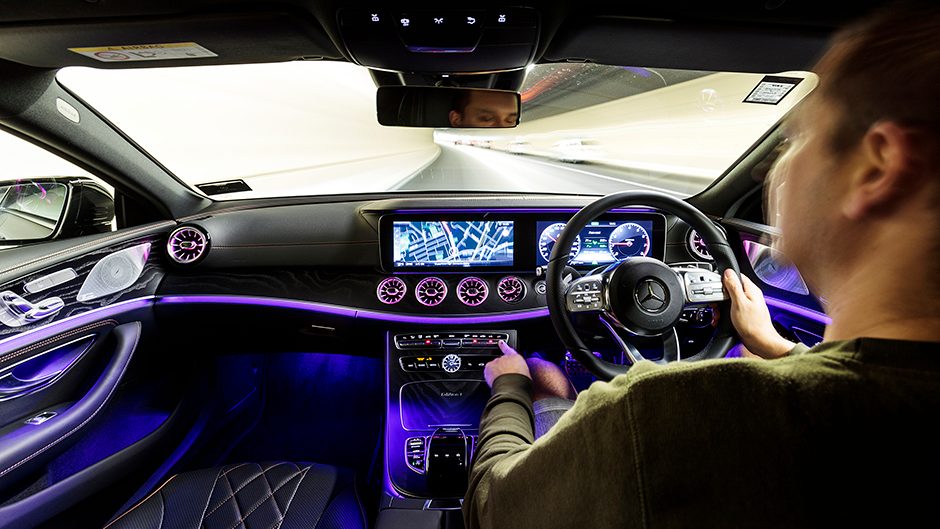
The CLS 450 is fitted with the AMG Line kit as standard, but it’s no sports sedan. The other drive modes include Sport and Sport plus which add vigour to the powertrain and stiffen the standard fit air springs. The electric torque helps bolster the low end response, there’s a muffled straight six wail as the crank spins beyond 3000rpm, and it goes well to just past 6000rpm.
The auto can bang through the gears in the Sport plus setting and while grip and traction are a given, the suspenders can’t find a happy place. In Sport the ride is still a little soft to manage all the mass effectively and Sport plus has trouble with bumps, rises and dips. There can be a moment of understeer both in and out of a bend if you’re too excitable.
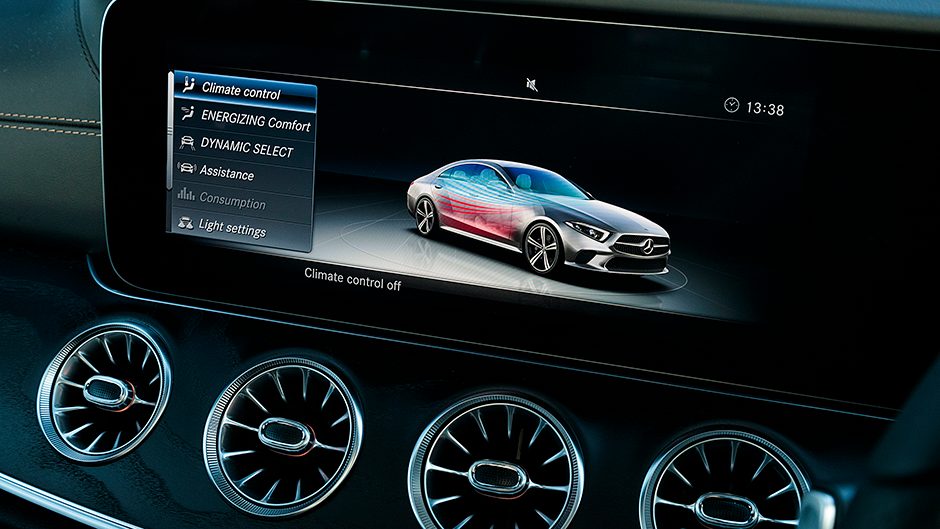
So, it’s back into Comfort, the suspenders absorbing any road gremlins beneath, the engine and ride quiet and it’s time to explore all the gadgets fitted to the CLS, including the latest active cruise with speed adaptation. Mercedes is phasing out its cruise control wand with buttons added to the spoke so your hands can remain on the wheel. And it’s one of the easiest systems to set and adjust on the fly.
The Benz active cruise is fairly unflappable on the motorway, able to deal with most tricky situations calmly, but it now delivers ever constant reminders to keep one’s hands on the wheel, despite them only ever being there. Another function is speed sign recognition, and you can then quickly set the cruise accordingly with a double tap of the resume button.
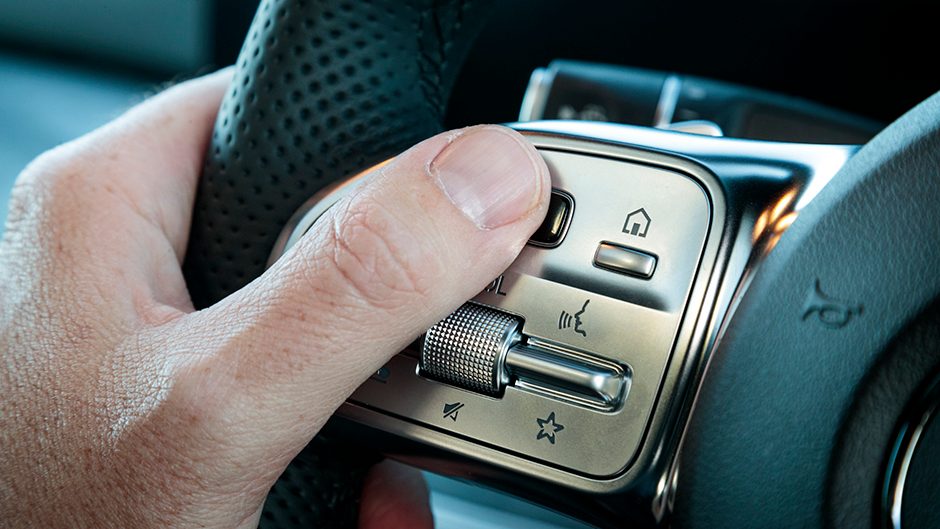
The speed adaptation function, which uses map data and on-board cameras to adjust your speed for upcoming curves and intersections, works better in lower speed environments. It’ll calmly slow the CLS as you come up to a roundabout or the like and it’s then up to you to brake or steer through the intersection. It’s not so great when dealing with the nuances of New Zealand curves at the open road limit however.
If you are heading along the highway and indicate to turn down a road coming up on the left, the system will start to slow the car but does so cautiously, and well before the turn. This causes some confusion as those behind wonder what’s going on, to the extent they start flashing their lights. And then if there’s someone coming from the other direction, trying to turn right into the same road, they think you’re slowing to let them turn first, causing yet more mayhem. As they say, it’s driver assistance, and so you still need your wits about you.
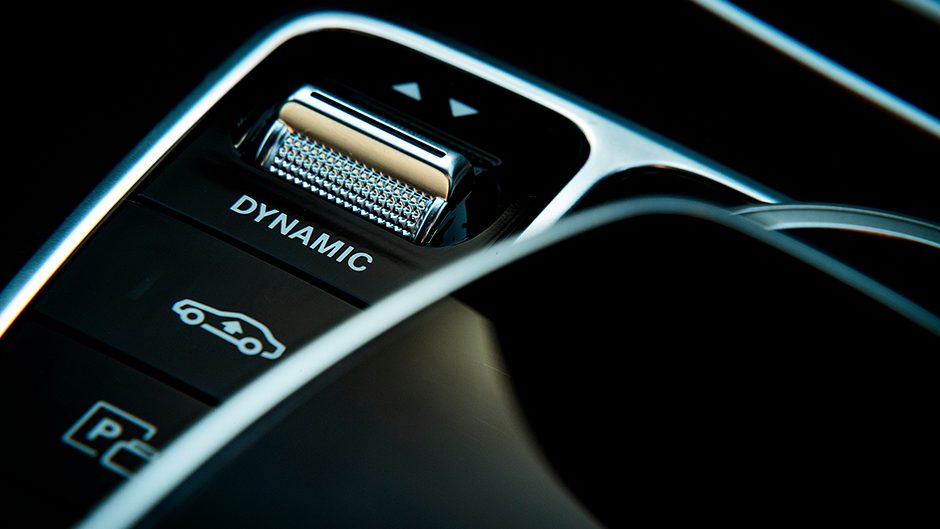
Think of the CLS as a stylised E-Class for it’s about the same size, but comes with its own front and rear ends, and a more curvaceous profile. Yet that doesn’t render it impractical. The sloping roofline has you ducking your noggin on the way in, but there’s ok headroom once seated. Comfort levels are acceptable with good legroom, though lower back support is minimal. They’ve made it a five-seater this time, but whether you’d want to sit in the middle is another thing. The opening for the boot is not all that mean, and while the hold is shallow, it’s wide and long and extra length comes via a split folding rear seat.
Up front it’s all luxury in this Edition 1 model with its design highlights and improved leather trim. The seats are sporty looking but aren’t too restrictive and while more padding in the base would improve comfort levels, for adjustment they are sorted. It’s got the wide screen cockpit with its two big displays covered by one glass pane, and each can be controlled in relative ease via the steering wheel-mounted touchpad, after some familiarisation naturally. The jet thruster air vents are now illuminated by the ambient lighting, and glow blue or red depending on which way you adjust the temperature.
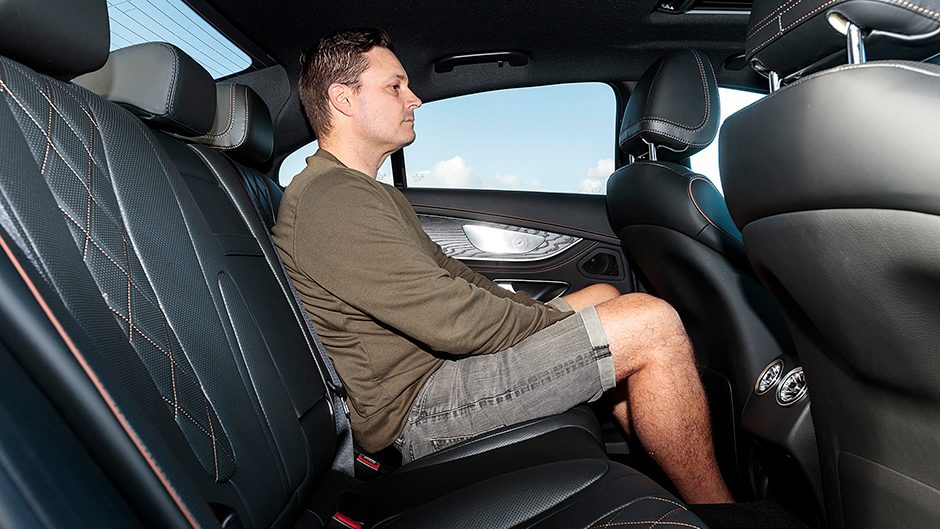
There are all manner of convenience features including a lift for the air suspension to help clear driveways more easily, and a multiview parking camera to see what you’re about to crash into. Forward vision is somewhat hindered by the thick, sloping A pillars and the positioning of the wing mirrors obstructs your line of sight at intersections. While rearward visibility is also limited, the wide angle camera helps alleviate this partially.
The 450 will be the only CLS offered here, and is priced from $157,890. It’s a fine carriage for those wanting refined luxury with added style, while the EQ boost system we look forward to trialling in the refreshed C-Class again soon.
| Model | Mercedes-Benz CLS 450 4matic |
| Price | $157,890 |
| Engine | 2999cc, IL6, T, 270kW/500Nm |
| Drivetrain | 9-speed auto, all-wheel drive |
| Fuel Use | 7.8L/100km |
| C02 Output | 178g/km |
| 0-100km/h | 4.87sec |
| Weight | 1975kg |


